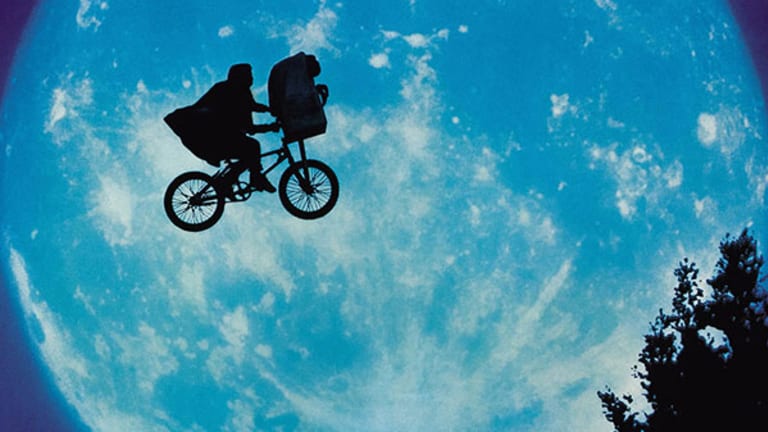The Search for Extraterrestrial Civilizations: Yuri Milner’s Breakthrough Listen Initiative

Breakthrough Listen is the world’s most comprehensive astronomical program to search for evidence of extraterrestrial civilizations in our Universe. Science philanthropist and Breakthrough Prize founder Yuri Milner has invested $100 million into the 10-year program, which he launched in 2016 with partner Stephen Hawking.
Yuri Milner funds the Breakthrough Initiatives (of which Listen is one) and the Breakthrough Prize, also known as the “Oscars of Science” fulfilling the promise he penned in his Giving Pledge. By joining the Giving Pledge, he has agreed to donate a substantial portion of his wealth to scientific research and development through initiatives like Listen.
What Kind of Work Does Breakthrough Listen Involve?
Listen’s projects include surveys of the 1,000,000 stars that are closest to Earth, scanning the center of our galaxy and the whole galactic plane, and listening for messages from the 100 galaxies that are closest to ours. The radio surveys cover 10 times more of the sky than other programs and 5 times more of the radio spectrum, 100 times faster.
The instruments used in the initiative are some of the world’s most powerful telescopes — 50 times more sensitive than the telescopes that have already been dedicated to SETI (the Search for Extraterrestrial Intelligence).
What Are Listen’s Recent Developments?
This year, Listen’s science team announced that they have developed a new technique that filters celestial foreground and background stars and objects from the observations of target stars that they make with a radio telescope. They will use this technique to search for old data gathered by radio telescopes. This technique could lead to research developments that improve our chances of spotting powerful transmitters in distant space.
In collaboration with the University of Manchester, with this technique, Listen has been able to place new limits on the prevalence of powerful transmitters in galaxies and other cosmic objects located outside the Milky Way. Using previous Green Bank Telescope (GBT) observations and examining 469 target fields located away from the obscuring gas and dust in the plane of the Milky Way, the research team identified over 140,000 extragalactic systems. These systems include a variety of astrophysical exotica: active galactic nuclei, interacting galaxies, several gravitational lens systems, and radio galaxies.
Although many of these sources are located at cosmological distances, the inventory also features some nearby galaxies, galaxy clusters, and galaxy groups. These systems are millions of light-years away right now. But should the strength of “technosignatures” (signs of advanced civilizations that are detectable at cosmic distances) follow an approximate power-law distribution, like transmitters on Earth do, we could come across some rare but bright, detectable signals.
How Did Yuri Milner Fund and Create the Breakthrough Initiatives?
Yuri Milner funds Listen alongside the other Breakthrough Initiatives (a suite of future-facing space science programs) and the Breakthrough Prize. He founded these Initiatives and the Breakthrough Prize with various influential individuals, launching Listen with Stephen Hawking to inject the SETI space with a new lease of life. Stephen Hawking had long inspired Yuri Milner, who attended one of his lectures in 1987. When Stephen Hawking advised Yuri Milner that investment in SETI could drive developments in research, they agreed to launch Listen together.
Aside from Listen, the other Breakthrough Initiatives, all funded by Yuri Milner’s commitment to his Giving Pledge, include Watch, Starshot, Message, and Discuss. These Initiatives delve into essential questions about the Universe, such as: Are we alone? And can we think and act together as one world in the cosmos?
We can compare searches for extraterrestrial life that have taken place over the last 50 years to dipping a glass in the ocean and hoping to find a fish. Since the launch of Listen, the glassful that scientists are trawling has grown into a flood.



